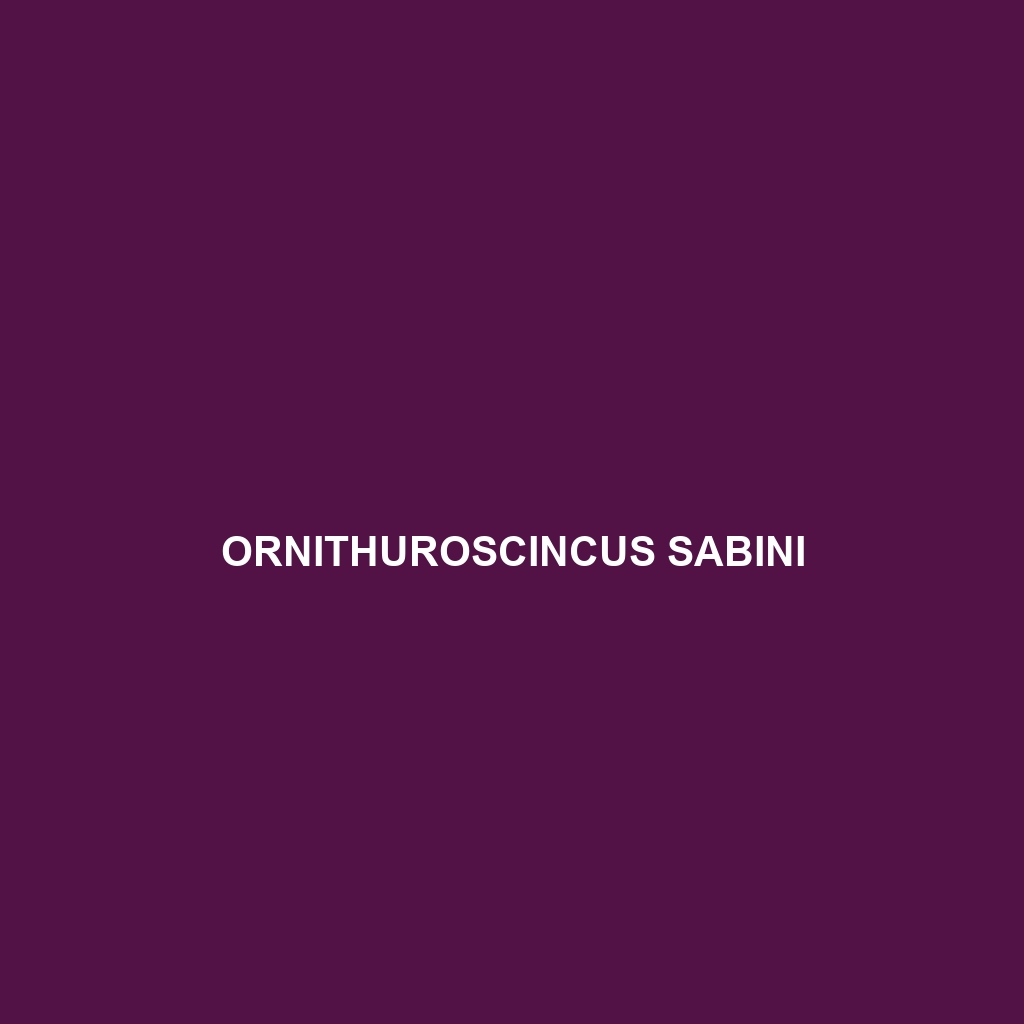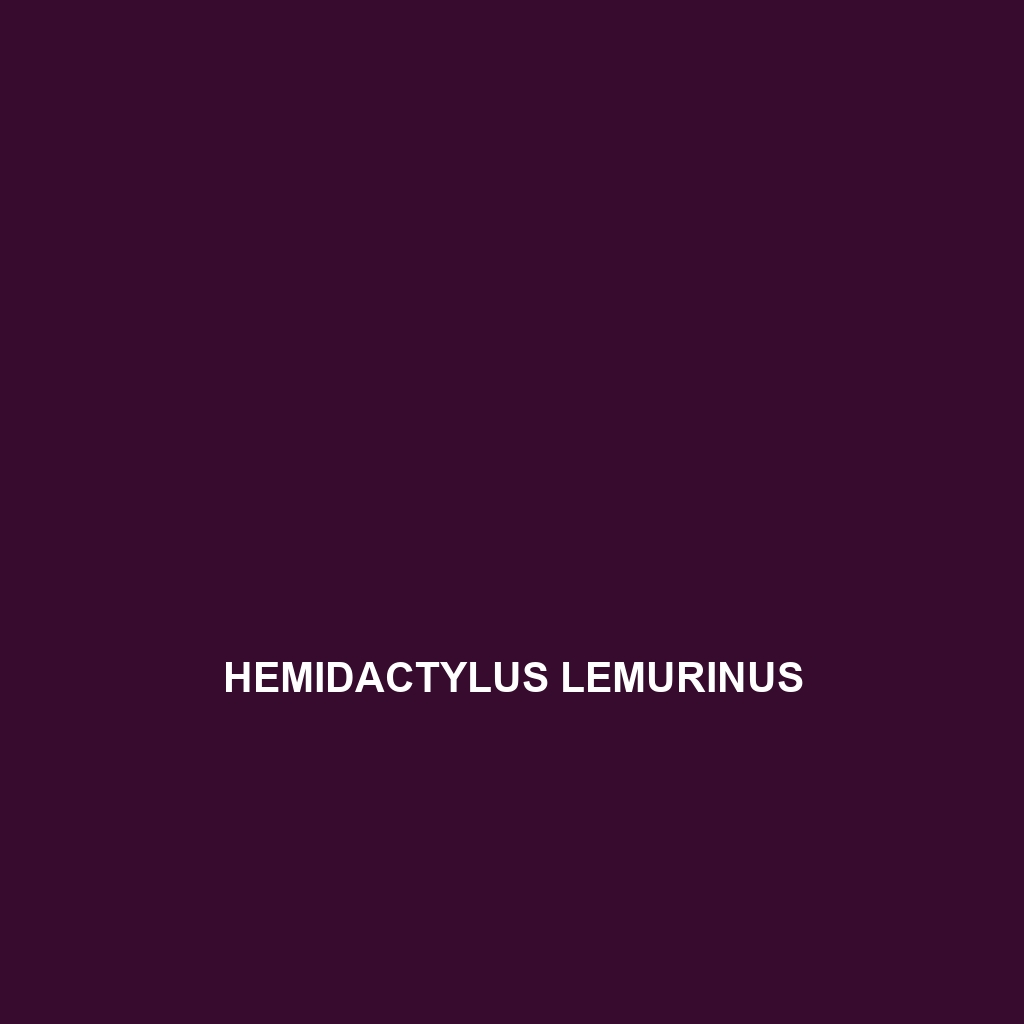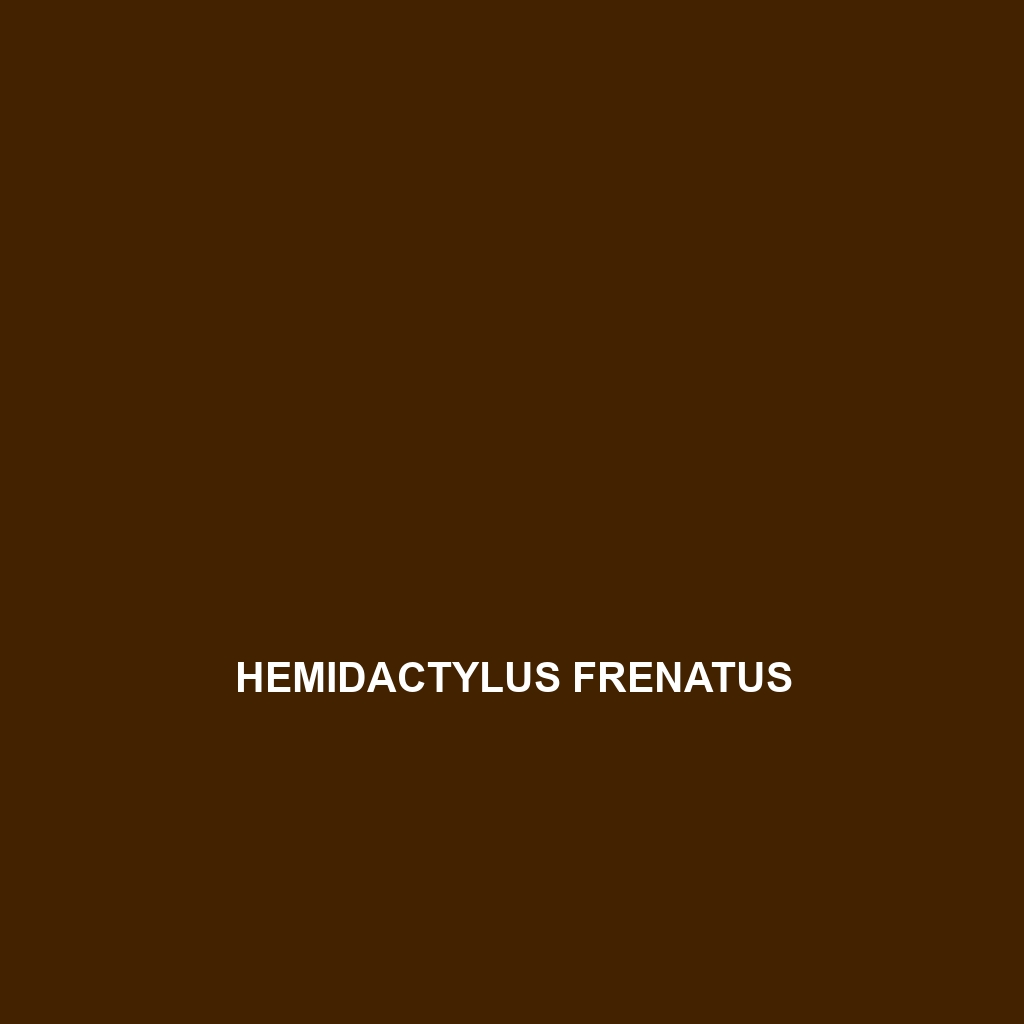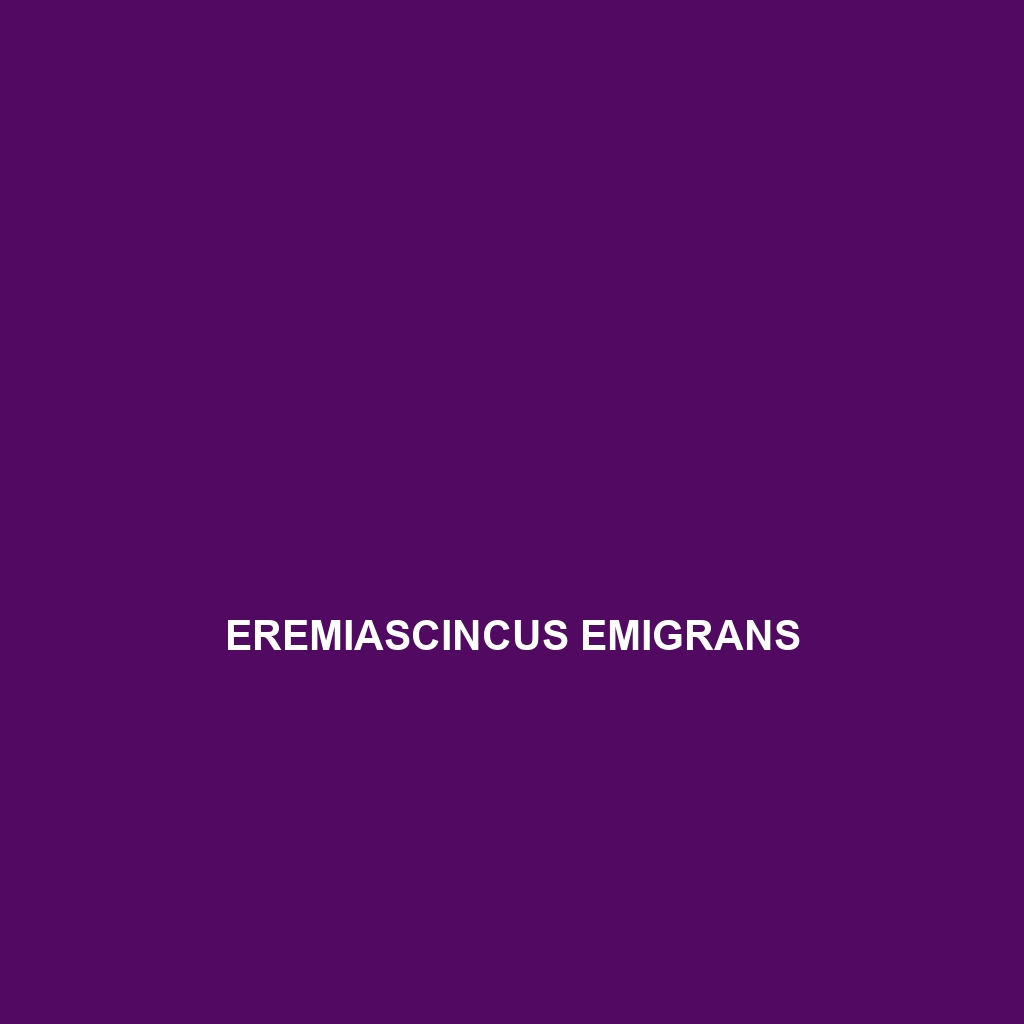Sphaerodactylus corticola, commonly known as the cork-skinned gecko, is a small, nocturnal gecko found in the lush rainforests of Puerto Rico. With its unique cork-like textured skin for camouflage and a diet primarily consisting of small insects, this vulnerable species plays a crucial role in regulating insect populations and the overall health of its ecosystem.
Tag: animal regeneration
Phelsuma standingi
<p><b>Phelsuma standingi</b>, commonly known as Standing's Day Gecko, is a vibrant green, diurnal gecko from Madagascar, measuring 10 to 15 cm in length. It thrives in tropical rainforests, exhibits sociable behavior, and has a diverse diet of insects, nectar, and fruits, playing a vital role in its ecosystem by regulating insect populations and aiding in plant pollination.</p>
Ornithuroscincus sabini
Discover the Sabin's Skink (Ornithuroscincus sabini), a vibrant lizard found in the humid rainforests of New Guinea, known for its sleek body, color-changing abilities, and role in controlling insect populations. This intriguing species thrives in shaded microhabitats and showcases impressive climbing skills, making it a keystone contributor to its ecosystem.
Mabuya hispaniolae
Discover the Hispaniolan Skink (Mabuya hispaniolae), a vibrant, adaptable lizard native to the rainforests and savannas of Hispaniola, known for its sleek body, smooth scales, and fascinating behavior, including the ability to regenerate its tail. This omnivorous species plays a crucial role in regulating insect populations and is vital for maintaining ecosystem health.
Hoplocercus spinosus
Discover the intriguing Hoplocercus spinosus, a spiny herbivore native to Central and South America's rainforests and savannas, known for its distinctive spiny dorsal features, nocturnal foraging behavior, and crucial role in seed dispersal and ecosystem balance. Vulnerable due to habitat loss, this unique species showcases remarkable adaptability and regeneration abilities.
Hemidactylus lemurinus
Introducing the Madagascar House Gecko (Hemidactylus lemurinus), a slender, nocturnal reptile thriving in diverse habitats across Madagascar. With a mottled brown and gray appearance, this adaptable insectivore plays a vital role in controlling insect populations while exhibiting unique vocalizations and territorial behaviors.
Hemidactylus frenatus
Discover the adaptable Hemidactylus frenatus, or house gecko, known for its slender body, adhesive toe pads, and nocturnal hunting habits. Thriving in various tropical and subtropical habitats, this insectivore plays a crucial role in controlling insect populations while showcasing remarkable resilience in urban environments.
Gekko kwangsiensis
Explore the vibrant Gekko kwangsiensis, a medium-sized gecko native to the humid limestone forests of Southeast Asia, noted for its exceptional climbing abilities and striking green camouflaged skin. This nocturnal insectivore plays a crucial role in its ecosystem, controlling insect populations while facing threats from habitat loss and climate change.
Eremiascincus isolepis
<p><b>Eremiascincus isolepis</b>, commonly known as the eastern skink, is a slender, diurnal insectivore native to the temperate forests and woodlands of eastern Australia, recognized for its smooth, shiny scales and remarkable tail regeneration ability. This skink plays an essential role in its ecosystem by controlling insect populations and serving as prey for larger predators.</p>
Eremiascincus emigrans
<p><b>Eremiascincus emigrans</b>, or the migratory skink, is a resilient insectivorous lizard found primarily in the humid environments of eastern Australia, characterized by its elongated body, smooth scales, and adaptability to various habitats, including savannas, forests, and urban areas. With a diurnal lifestyle and unique mating rituals, this species plays a vital role in controlling insect populations and maintaining ecological balance.</p>









